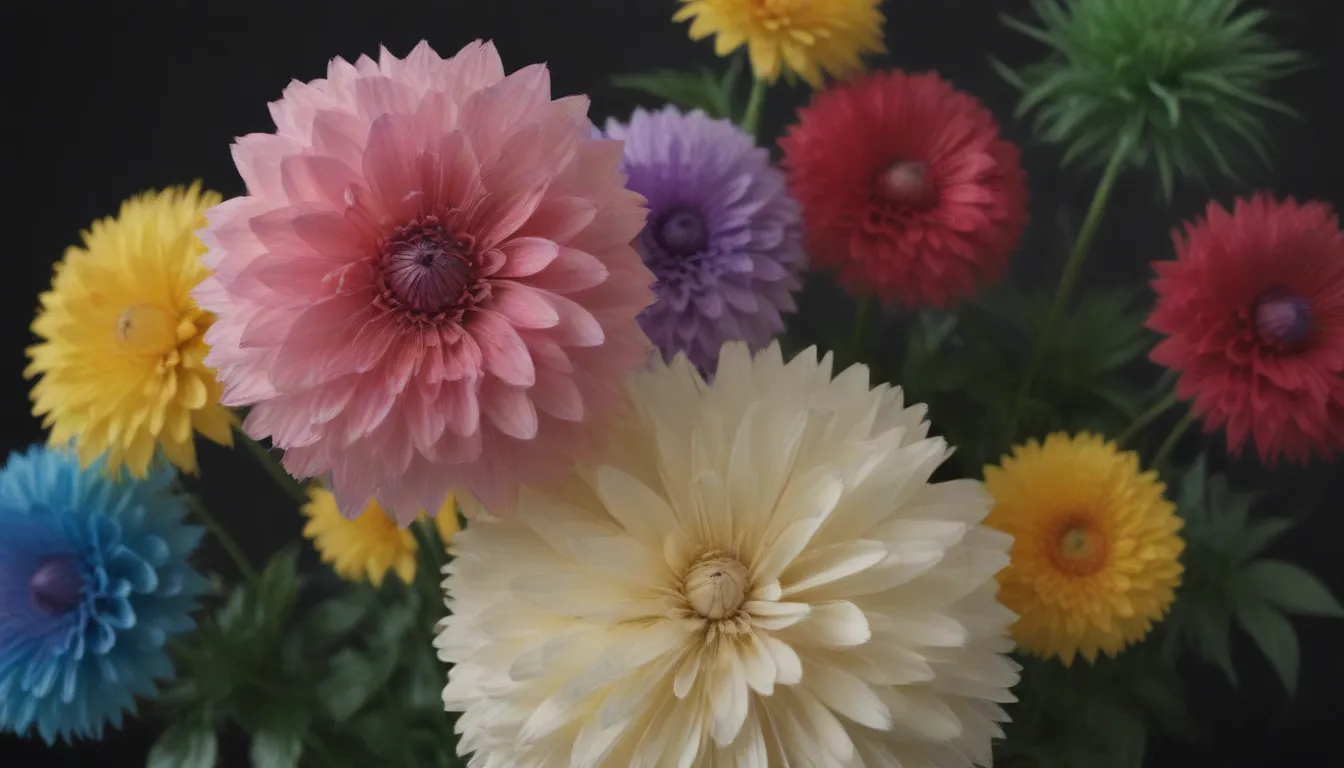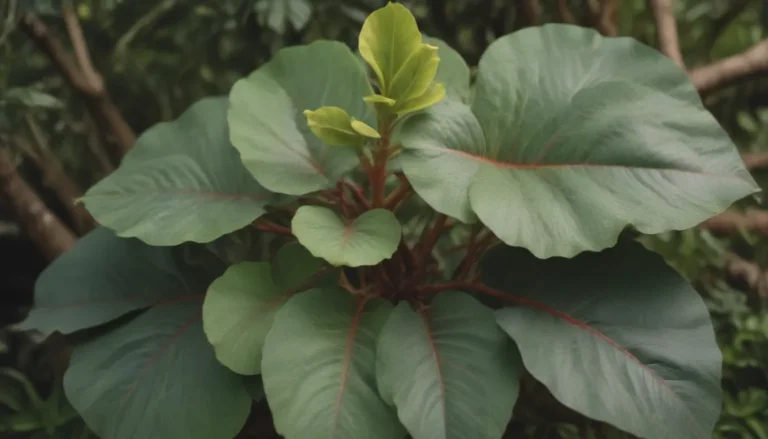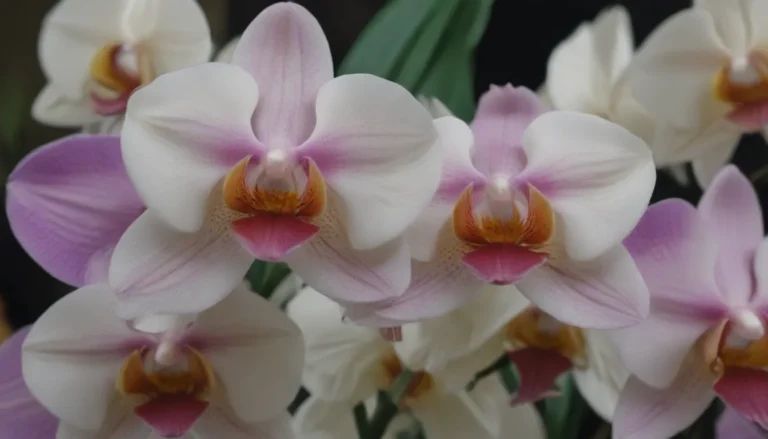The Ultimate Guide to Growing and Caring for Fan Flowers

Fan flower, also known as fairy fan flower or by its scientific name, Scaevola, is a delightful warm-weather herbaceous perennial that adds a pop of color to any garden or hanging basket. Whether you are a seasoned gardener or just starting out, fan flowers are a fantastic addition to any outdoor space. In this comprehensive guide, we will explore everything you need to know to successfully grow and care for fan flowers.
Fan Flower Care Tips
Fan flowers are known for their resilience in hot climates and their low maintenance care requirements. Here are some essential care tips to help your fan flowers thrive:
- Light: Fan flowers thrive in full to partial sun, requiring around six to eight hours of sunlight daily. However, in hot, dry areas, they can benefit from some shade to keep them looking their best.
- Soil: Fan flowers are not picky about soil quality, but good drainage is essential for their health. Average fertility soil works well, and container plants do best in a standard potting mix with added sand. Heavy clay soil should be amended for garden planting.
- Water: While fan flowers prefer to remain slightly dry, they do require occasional watering. Wait until the soil surface is dry before watering to prevent issues like root rot. Wilted plants will quickly perk up after a good watering.
- Temperature and Humidity: Fan flowers thrive in warm to hot weather, with temperatures between 70 and 85 degrees Fahrenheit being ideal. They also appreciate high humidity levels.
- Fertilizer: These plants are adapted to low-nutrient conditions, so they only require light feeding. A balanced flower fertilizer applied once a month during the growing season is sufficient.
Types of Fan Flowers
Fan flowers come in various cultivars, each with its unique characteristics and appearance. Some popular fan flower cultivars include:
- S. aemula ‘Blue Wonder’
- S. aemula ‘Bombay’
- S. aemula ‘Fairy’
- S. aemula ‘Whirlwind’
- S. aemula ‘Purple Fanfare’
- S. aemula ‘Carpet’
These cultivars are generally shorter and more suitable for containers and smaller garden spaces.
Pruning and Propagating Fan Flowers
- Pruning: Regular pruning helps fan flowers maintain a tidy appearance and encourages bushier growth. Simply trim back any long, leggy stems to promote a more compact shape.
- Propagating: Propagating fan flowers is typically done through stem cuttings. This method is also used to propagate plants for the following spring.
Growing Fan Flowers from Seed
While fan flowers can be grown from seed, it can be challenging due to the small size of the seeds and slow germination. Here are some tips for growing fan flowers from seed:
- Purchase seeds from a commercial source rather than collecting them.
- Once seedlings have true leaves, move them to a warm, sunny location.
- Transplant seedlings outdoors when soil temperatures reach 65 degrees Fahrenheit or higher.
Overwintering Fan Flowers
In colder zones, fan flowers are often treated as annuals and discarded before winter. However, in warmer climates, they can be overwintered by transplanting them into containers and providing care indoors during the colder months.
Encouraging Blooms and Care After Flowering
Fan flowers bloom abundantly from early summer to frost with the right conditions. Here are some tips to encourage blooming and care for fan flowers after they bloom:
- Ensure they receive enough light, water, and warmth for continuous blooming.
- Trim the plants back for aesthetic purposes after flowering.
- Fan flowers do not require deadheading, but cutting them back by half can promote new growth and additional flowering.
Companion Plants and Garden Tips
Fan flowers make excellent companions for other sun-loving plants like Mexican zinnias, geraniums, and tropical hibiscus. Their cascading growth makes them perfect for containers, hanging baskets, or planting along retaining walls. In frost-free climates, fan flowers can even be used as low hedges or ground covers.
In conclusion, fan flowers are a versatile and beautiful addition to any garden. With their vibrant blooms, easy care requirements, and ability to thrive in various conditions, they are sure to enhance the beauty of your outdoor space. By following the tips and guidelines outlined in this guide, you can enjoy stunning fan flowers throughout the growing season. Happy gardening!





